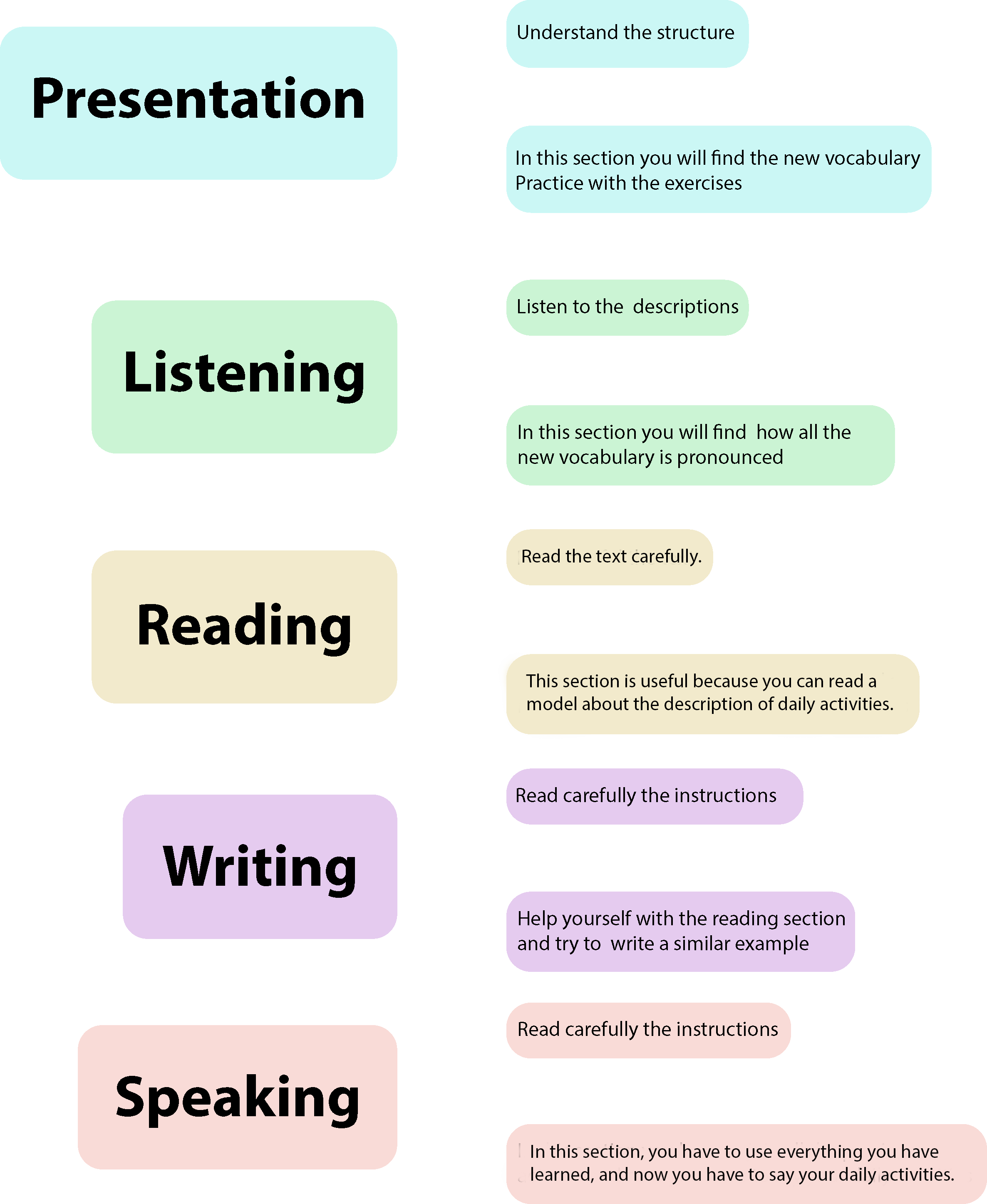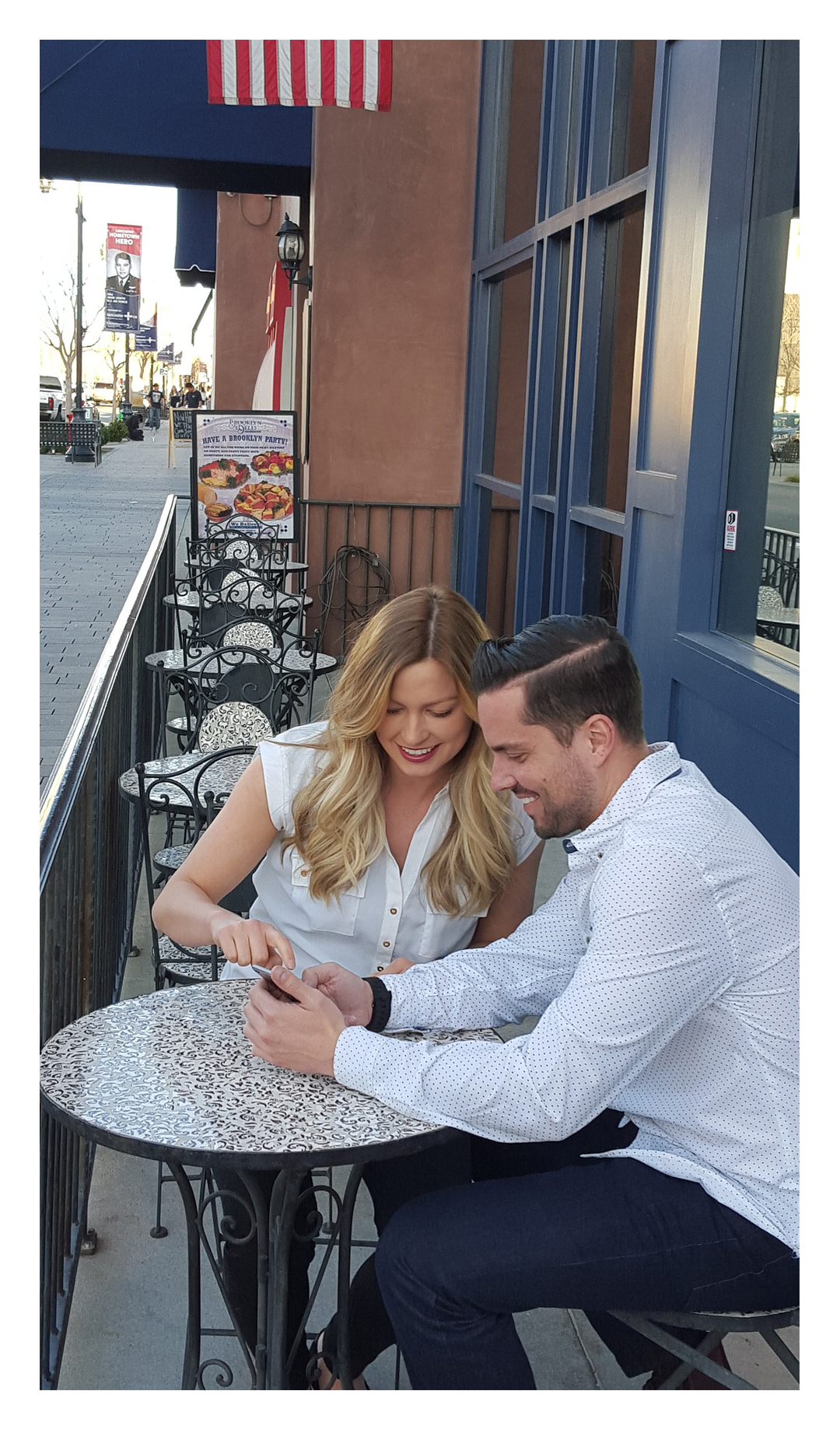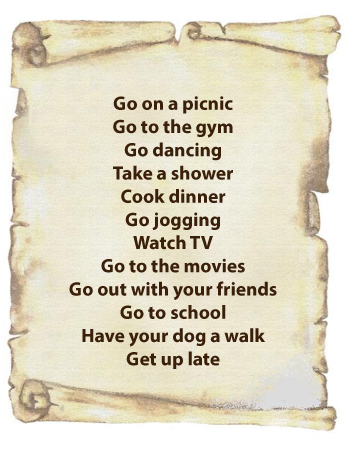Forms:
This unit will help you to describe your daily routine.
We will explore the activities we do or don't do in every single day. The present simple will help you describe how often an someone does his/her daily activities.
You will work with the four skills:

In this section, you will learn new vocabulary and a new form which you will practice in all the exercises below. Enjoy them!
By the end of this topic you will:
• Use short texts in present adverbial and straightforward phrases to express daily routines with some guided exercises.
Look at the following chart to review the form and use of present simple.
Look at the chart about frequency adverbs and complete the following sentences.
How often...? This question is essential when we refer to the degree in which we do or do not do something. Read the sentences below and complete them with the correct frequency adverb, you will have just two opportunities, so read each sentence carefully.
Do you know what the routines for people in other countries are like?
You are going to read about Joana who is a girl from the USA. Complete the following sentences by dragging the correct option to complete the text. You can try each statement twice. Once you finish the statement, you will know how well you did it.
Activity 1

The following is a short text describing Cindy and Sam’s busy day.
Identify the activities each of them does.
Click on the gap to show if the following statements are related to Sam, Cindy or both. By the end of the activity, you will know how well you did it.

Listen to Joshua talking about his leisure activities. Drag the correct frequency adverb to complete the sentences.
In the end, you will know how well you did it.


Listen to two different people describing what they do. Click with the cursor to show if the statements are true or false.In the end, you will know how well you did it.

Look carefully at the pictures and complete the activities Louis does every day. By the end, you will know how well you did it.
Think about what you do in your daily life and in your spare time.

Write the activities that you do in a single day.
Read an example here
Remember the task:
Think about what and when you do every day and in your spare time.
Write the activities that you do in a single day.
Use the following list of activities to complete your writing.

Activity 6
Have you ever met a foreign person?
Today it is time to do it. Go to the following website: Penpals.net
This website will allow you to get in touch with people who are learning English like you. Penpals are people who regularly write to each other, via post or know about other cultures.
This website is safe and fun.
How to do it?
1. Once you log in.
2. Make your profile (describe yourself, mention your interests, your favourite films, music, books, etc.)
3. Search an English speaking person.
4. Begin a conversation with him or her.
Your task:
Send a message to your new penpal asking about his or her leisure and daily routines on Sundays. Try to be natural in the conversation. Relax it is not an exam!
You can use the list below to make your questions. After greeting and introducing yourself, do not forget to begin your questions with:
How often do you …?
Now that you have learnt how to use the present simple, it is time to practice. Remember the form when writing routines and time expressions than we have practised.
Read the questions carefully and choose the best answer. Good luck!
H.Q.Mitchell, Marileni Malkogianni. (2014). The English Hub 1. Estados Unidos: MM Publications.
H.Q. Mitchell, Marileni Malkogianni. (2013). Pioneer. Beginners. Estados Unidos: MM Publications.
Virginia Evans, Jenny Dooley. (2009). Up Load 1. México: Express Publishing.
Raymond Muyphy. (1996). Essential Grammar in Use. Great Britain: Cambridge University Press.
Betty Schrampfer Azar, Stacy A. Hagen. (2006). Basic English Grammar. New York: Pearson.